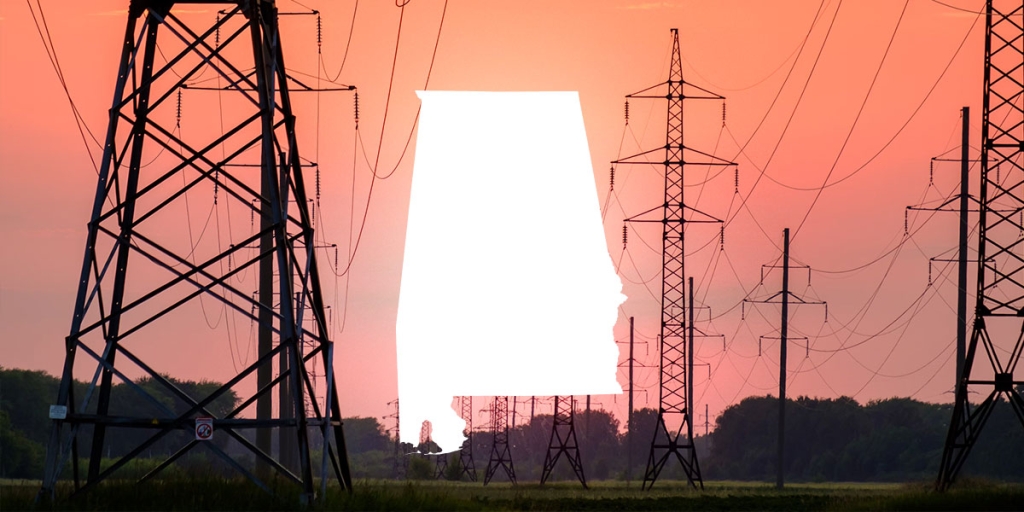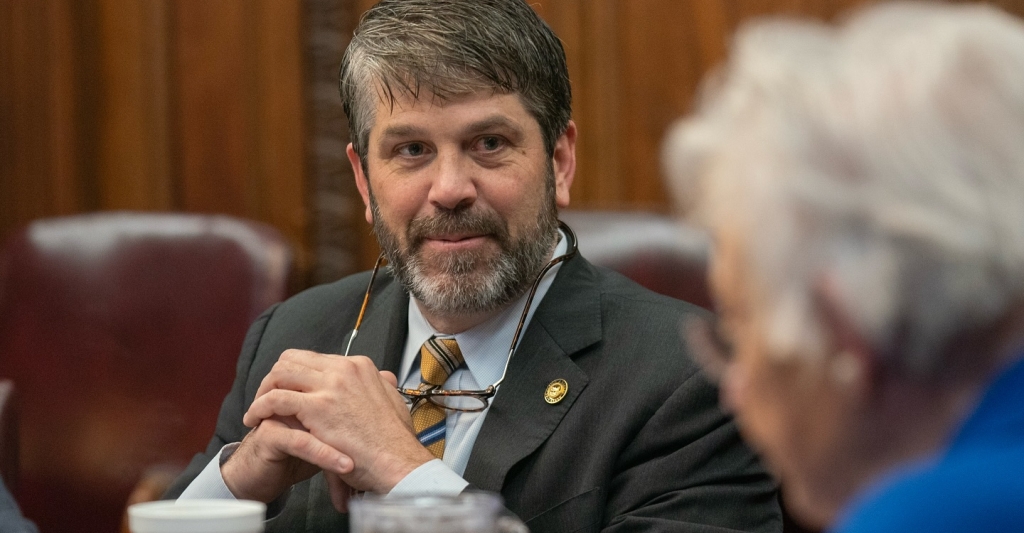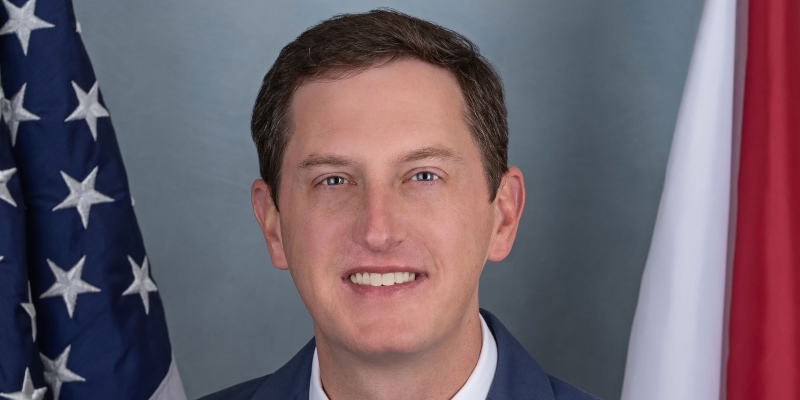In recent weeks, large portions of the South, including Alabama, were hit with unseasonably cold weather that brought cold temperatures, snow and ice to the region.
In Texas, millions of people were without power, forced to huddle inside of their homes without heat or water in freezing temperatures.
Alabama had unusually low temperatures too, but there were no blackouts. There were no spikes in energy costs. We may have had cold weather, but Alabamians were able to heat their homes with no interruption in service.
What is the difference between our two states? Texas has a deregulated energy market that created a “wild west” of private energy providers and a grid that is largely an island of its own. Wind turbines make up nearly a quarter of the state’s generation capacity. More than half the states actual power generation comes from natural gas, a fuel source that has grown in importance in Texas as operators have shuttered coal-fired plants.
By contrast, Alabama’s power mix is more balanced, with 36% of the electricity Alabamians use coming from natural gas, 30% coming from coal, 27% coming from nuclear, and 5% coming from hydropower. And while the state’s utilities have integrated wind and solar power through contracts or joint ventures with the U.S. military, Alabamians depend much less on renewables to meet power demand than does Texas.
Importantly, while Texas is largely an electricity island, Alabama’s power system is also much more closely connected to our neighbors. That means utilities in the state are much better equipped to absorb higher demand from extreme winter by borrowing electricity from nearby states and power pools. If power demand in Alabama exceeds what we’re capable of generating, we simply ask our neighbors for temporary help. We do the same for them. In the case of Texas, the state had multiple failures at generating facilities and was left without outside facilities to produce enough electricity to make up for the losses.
In Alabama, we have TVA, Alabama Power and PowerSouth that deliver power to customers and serve electric cooperatives and municipalities. All are closely supervised by institutions or boards with a high degree of accountability to how they operate and how well prepared they are for the future. This regulated market provides a high degree of reliability and helps prevent some of the problems we’ve seen in Texas. Energy providers in Alabama don’t merely look at the bottom line as they might in a deregulated market; they also value reliability highly and take the necessary steps to produce enough power well in the future.
The reliability of Alabama’s power structure during extreme weather is not by accident. Years of investment and planning have gone into making Alabama’s infrastructure reliable. For example, the polar vortex of 2014 hit Alabama and surrounding states hard, leading utilities to assess their winter reserve margins. Alabama Power, for example, found that its winter peak demand had exceeded its summer peak since 2010. For that reason, Alabama Power sought permission from the Public Service Commission to add new energy assets for future winters. This past June, regulators granted Alabama Power that permission, which will add around 2 gigawatts of new generation capacity from natural gas plants.
All companies across the country have a reserve margin, representing the extra cushion they need to meet demand in extreme circumstances. In Texas, the average winter reserve margin is around 15%, which we now know turned out to be too small. With new additions approved by Alabama regulators, Alabama Power’s winter margin in coming years will be around 25%, meaning customers of that utility can continue to trust that power will be available in almost any weather conditions.
This is one of many things that are being done and part of a broader strategy from Alabama’s energy providers to make sure we never end up with a failed power grid like Texas.
With a regulated market, we can rest assured that there are no fly-by-night energy companies looking to make a quick profit on the backs of consumers. Instead, our energy providers are overseen by elected officials on the local, state and federal level, which helps ensure consumers are getting quality service at an affordable price.
The result is that Alabama’s regulated system has some of the best and most reliable electricity service in the country. By working hand in hand with public officials, our state’s electricity providers can continue to avoid tragic situations such as the one that unfolded in Texas.
Seth Hammett serves as the Chairman of the Energy Institute of Alabama and is the Vice President of Business Development for PowerSouth Energy. Previously, he served as a member of the Alabama House of Representatives for 32 years, including 12 years as Speaker of the House.













